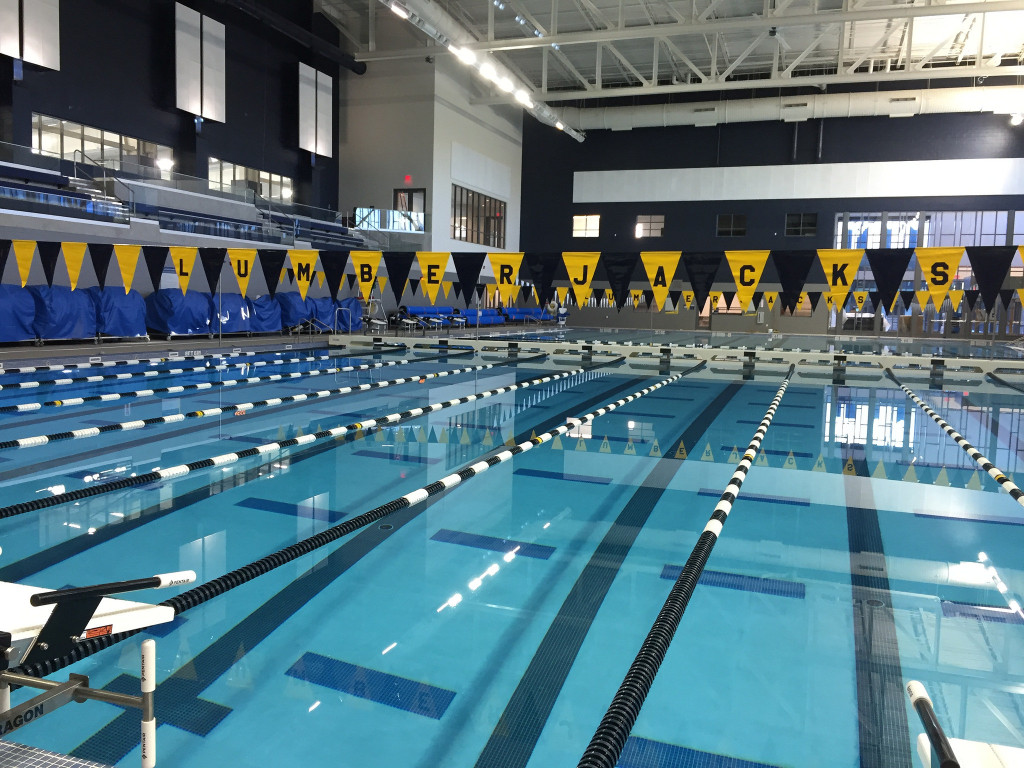The Aquatic and Tennis Complex at Northern Arizona University has earned LEED Gold certification from the U.S. Green Building Council. NAU now boasts 13 LEED-certified buildings on its Flagstaff campus.
The Aquatic and Tennis Complex hosts international and NCAA competition swimming and features team support spaces, locker rooms, a competitive diving facility with an NCAA and FINA dive tower, indoor and outdoor tennis courts, spectator seating and a natural grass turf recreational sports field.
The LEED rating system is the foremost international certification program for recognizing buildings and homes that are designed, constructed, maintained and operated for improved environmental and human health performance.
The complex was designed to save 41 percent on energy use and 35 percent on utility cost; an annual savings of approximately $169,800. The reduction in energy use anticipated for this building allows for a CO2 emissions avoidance that is equal to planting 13,117 trees.
“The ATC is a testament to the fact that green buildings can be beautiful and useful in addition to being efficient,” said Kathleen Viskocil, NAU project manager.
Sustainable features in the design and construction of the building include:
- Recycled materials account for more than 22 percent of the total materials cost for the project. Examples of recycled items used in the building construction are aluminum storefront, steel, carpet, acoustical ceiling tiles and composite wall panels.
- Selection of native and climate-adapted plants and efficient irrigation systems are expected to reduce water use by 59 percent compared to standard practices. Non-potable treated water is provided by the City of Flagstaff and allows for a 100 percent reduction in potable water use for the grounds.
- The construction team diverted 3,400,000 pounds of construction waste from landfills. This diversion accounted for 90 percent of the total weight of construction waste generated by the project.
- Lighting efficiency is achieved by harvesting natural daylight within the spaces. In addition, LED and other high-efficiency lamp sources are utilized and controlled by lighting programs, photocells and occupancy sensors.
- Water efficient fixtures in the locker rooms and combination water bottle filler/drinking fountains help facility users conserve water and other material resources.
NAU’s Office of Planning, Design and Construction partnered with Sink Combs Dethlefs, CSHQA and Haydon Building Corp to make the sustainable elements in this project possible.



